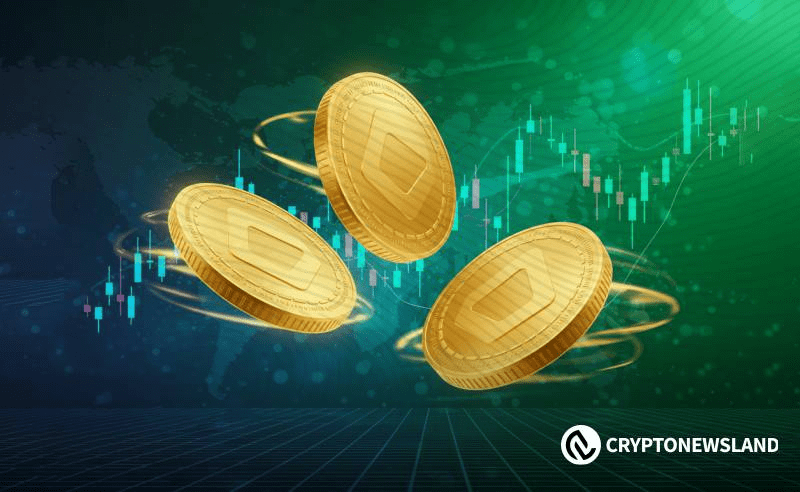based on materials from the site - CryptoNewsLand

The ISO 20022 standard is changing the ways financial data is transmitted across networks. Some promising cryptocurrencies are already following these rules, giving them a strong position for growth. These projects are not just compliance checks. They solve real problems in payments, interoperability, and automation. By aligning global data exchange formats, they can work seamlessly with banks, enterprises, and government agencies. Here are three outstanding altcoins compliant with the ISO 20022 standard that could achieve significant growth in the coming years.
Stellar (XLM)
The Stellar blockchain provides seamless and efficient transactions between any two currencies in a fully transparent and reliable ecosystem. The Stellar network uses Stellar Ecosystem Proposals (SEPs) to determine how participants coordinate their actions and interact with each other. These participants include asset issuers, anchor platforms, and wallets. Two key SEPs, number 9 and 31, align transaction data fields with ISO 20022 requirements. This compliance allows for the placement of regulated KYC data and cross-border payment information directly in the blockchain. The result is a platform that supports compliant, secure, and efficient payments worldwide. Stellar's work goes beyond payment processing. It ensures the accuracy, transparency of financial data, and its readiness for integration with regulatory organizations.
Quant (QNT)
Many companies claim the role of a bridge between blockchains and the traditional financial ecosystem. Quant has established itself in this area globally, being the only blockchain company with technology compliant with ISO 20022. Quant's technology - the Overledger protocol - allows for the creation of multi-chain applications (MApps) that enable smart contracts and transactions to be transferred to new blockchains without the risk of incompatibility. The importance of ISO 20022 compliance is immeasurable. Quant provides interoperability technologies that simplify real-time token transfers between banks, corporate systems, and blockchain networks. As a result, assets and data can flow freely between sectors that would otherwise not interact with each other.
IOTA (IOTA)
IOTA uses an approach that is different from most blockchain projects. It is specifically designed for the Internet of Things, a network of interconnected devices. IOTA employs a directed acyclic graph called 'Tangle' instead of a blockchain. It is designed for fast and low-cost micropayments as well as efficient data transmission. Compliance with the ISO 20022 standard gives IOTA a slight advantage. Devices can send standardized payment and information messages to each other. This capability is critically important for automated environments such as smart cities, supply chains, and connected factories. For example, a delivery drone can automatically pay a charging station before continuing to the next task.
Stellar provides accessible, reliable, and compliant global currency trading. Quant ensures seamless interoperability between blockchains, enterprises, and banks. IOTA ensures secure, automated data and payment exchange between Internet of Things devices. These three altcoins, compliant with the ISO 20022 standard, are ready for the next stage of global digital finance development and offer real benefits.
#MarketRebound , #Сryptomarketnews
Dear readers! Among you are many people who have enough time for independent monitoring of the information agenda of the crypto market and the world of finance.
Thus, subscribing to 'our news feed' is usually preferred by those of you who find it much more convenient to read all the most interesting updates in the financial and cryptocurrency news agenda in one group, rather than monitoring about twenty information sites and printed publications (where we have already conducted this monitoring for you)!!! As they say, 'to each their own'. 😀
Enjoy your viewing! Your reaction to the news you read is the best reward for us!!!
